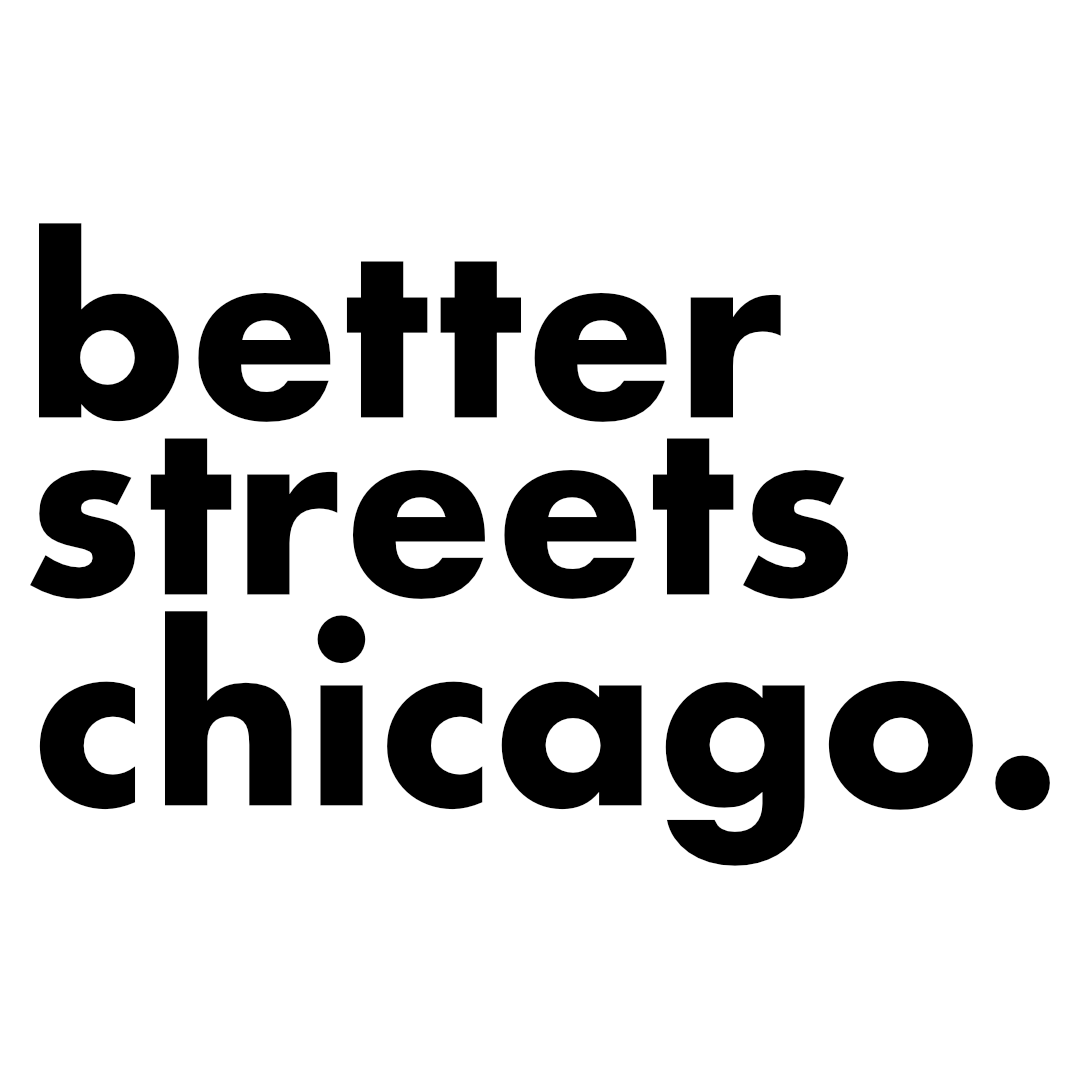A Statement on Chicago’s Youth Curfew Expansion
Chicago is a beautiful city with remarkable downtown public spaces and parks. It’s also a city that has a long, well-known history with violence, and is routinely regarded as the most segregated city in the USA. Chicagoans are no strangers to these realities, which City Hall routinely fails to fully acknowledge and address. When these realities come in conflict, the response always feels more draconian and more reliant on increased policing. It is a tale of two cities with no end in sight. The past couple of weeks have been no different.
In response to the killing of Seandell Holliday, Mayor Lori Lightfoot has responded with two executive orders targeting Chicago’s youth, one banning all unaccompanied minors from Millennium Park after 6 pm, and another attempting to modify a city ordinance from 1992 issuing a curfew on minors, changing the age from 16 to 18 and the time from 11pm to 10pm on the weekends. The latter ultimately failed, because the Mayor does not have the authority to modify city ordinances by executive order. Instead, Lightfoot’s administration decided to push the change through the City Council. We engaged with alders through an email campaign for constituents to be able to urge them to vote ‘No', but unfortunately, the amendment passed today.
We condemn this encroachment upon young Chicagoans’ access to our city and all its public spaces and to call on City Hall to invest in sustainable and evidenced-based solutions to the challenges we face.
Mayor Lightfoot’s heavy-handed response to Seandell’s killing will do nothing to keep Chicago’s youth safe, but it will further reinforce the marginalization many of them already experience every day. Curfew laws open the door for cops to excessively police young people regardless of their actions. We know this is disproportionately applied to Black and Brown, LGBTQ, and low-income youth. This is a form of violence.
The city must be open and available to everybody regardless of their race, class, or neighborhood. We know from the record of CPD and the city this policy will not be equitably enforced and it will only result in further marginalization of already marginalized communities. Violence is a symptom of a government and services that are not adequately addressing the needs of residents.
Whether you’re participating in an activity at a local park, taking selfies at the Bean, or just enjoying a bike ride on your neighborhood street, all Chicago’s public spaces must be made accessible and safe to use and enjoy by all Chicagoans in all corners of the city. Expanding police powers and punishable rules will not make Chicago’s public spaces safer and accessible. Only community-centered, thoughtful, and sustained investments in public spaces and public services will stop the violence.
The killing of Seandell should be a wake up call for the Mayor and the City Council to heavily invest in services and activities that support Chicago’s youth. This must include maintaining and expanding high-quality park facilities, fully staffing and funding Chicago parks and park programs, and supporting diverse activities that Chicago’s youth want to participate in. The city should be partnering with our youth to ensure the city government is meeting the needs of all residents. We can no longer tolerate our tax dollars being used in a way that prioritizes tourists and downtown corporations over the health and well-being of all communities.
We are at a moment where we need to be transforming our municipal infrastructure and expanding public space in the forms of parks, plazas, and streets safe for gathering and all travel modes. The challenges that are ahead of us are immense. We need to build a robust civic culture that brings the whole city and region together. This cannot happen when the government fails to invest in residents' well-being and quality of life.
We will continue to demand better of our city leaders because our City deserves better.
